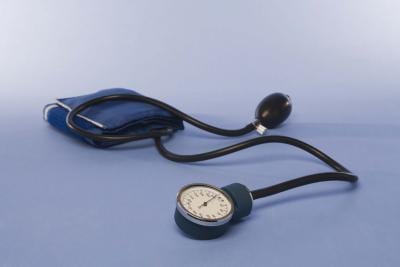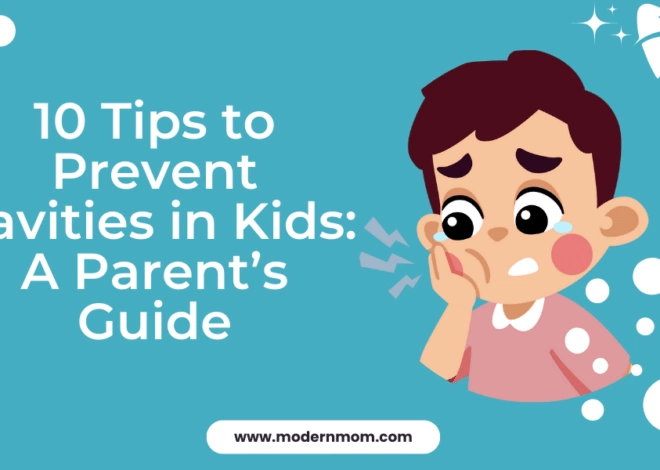When you take your child to the doctor for a yearly checkup, the nurse or doctor will usually take his blood pressure. While blood pressure is usually measured the same way for both children and adults, children should have much lower levels than the average adult. A child’s blood pressure is considered to be normal based on how it compares to similar children his age, sex and height.
What’s Being Measured
A sphygmomanometer measures blood pressure. While the name sounds fancy, a sphygmomanometer is simply a fabric cuff wrapped around a child’s upper arm and a pump that inflates the cuff so that it tightens around the arm. The tightened cuff prevents blood from flowing to the arm, according to Kids Health. It can be uncomfortable. After the nurse stops pumping, the cuff deflates and blood flow returns. While using the cuff, the nurse will also listen to the heartbeat of the child. The systolic, or upper number of the pressure reading, is the measurement of the heartbeat. The diastolic, or lower number, is measured when the heart rests between beats.
Determining Factors
While high blood pressure for adults are always the same — less than 130/90, several factors alter what a normal or high blood pressure level is for children. Pressure increases as children grow. Gender plays somewhat of role too. For some reason, boys tend to have slightly higher levels of blood pressure than girls at the age of 17, but similar levels around the age of 11. A taller child is more likely to have a higher level of blood pressure than a child who is small for her age, because the blood has further to travel.
Blood Pressure Charts
The blood pressure charts from the National Heart, Lung and Blood Institute show height percentiles based on age and gender as well as blood pressure percentiles. For instance, a 3-year-old girl who is among the 95th percentile in height should have a blood pressure reading between 93/51 and 106/65. A reading of 110/69 would put her in the 95th percentile for blood pressure, which is considered high blood pressure. Normal levels for a 17-year-old girl who is in the 95th percentile for height would between 115/68 and 128/82. High blood pressure for that same girl would be a reading of 132/86, similar to high blood pressure for an adult.
Fluctuations
Your child’s blood pressure fluctuates throughout the day. Activity, stress, emotions and diet can all change blood pressure levels, sometimes just for a short period of time. When you take your child to the doctor, her blood pressure reading may be different at the start of the exam and at the end. Sometimes, the doctor will measure it twice to get an accurate level.
Blood Pressure on the Rise
If your child’s blood pressure is consistently high, she most likely has high blood pressure, which affects about 3 percent of children and is on the rise, according to a 2004 report from the National Heart, Lung and Blood Institute. Average blood pressure levels for all children were 104.6/58.4 in 1988 compared to 106/61.7 in 1999 to 2000. At the same time, the rate of obese children increased from 11.7 percent to 16.3 percent, according to NHLBI.





